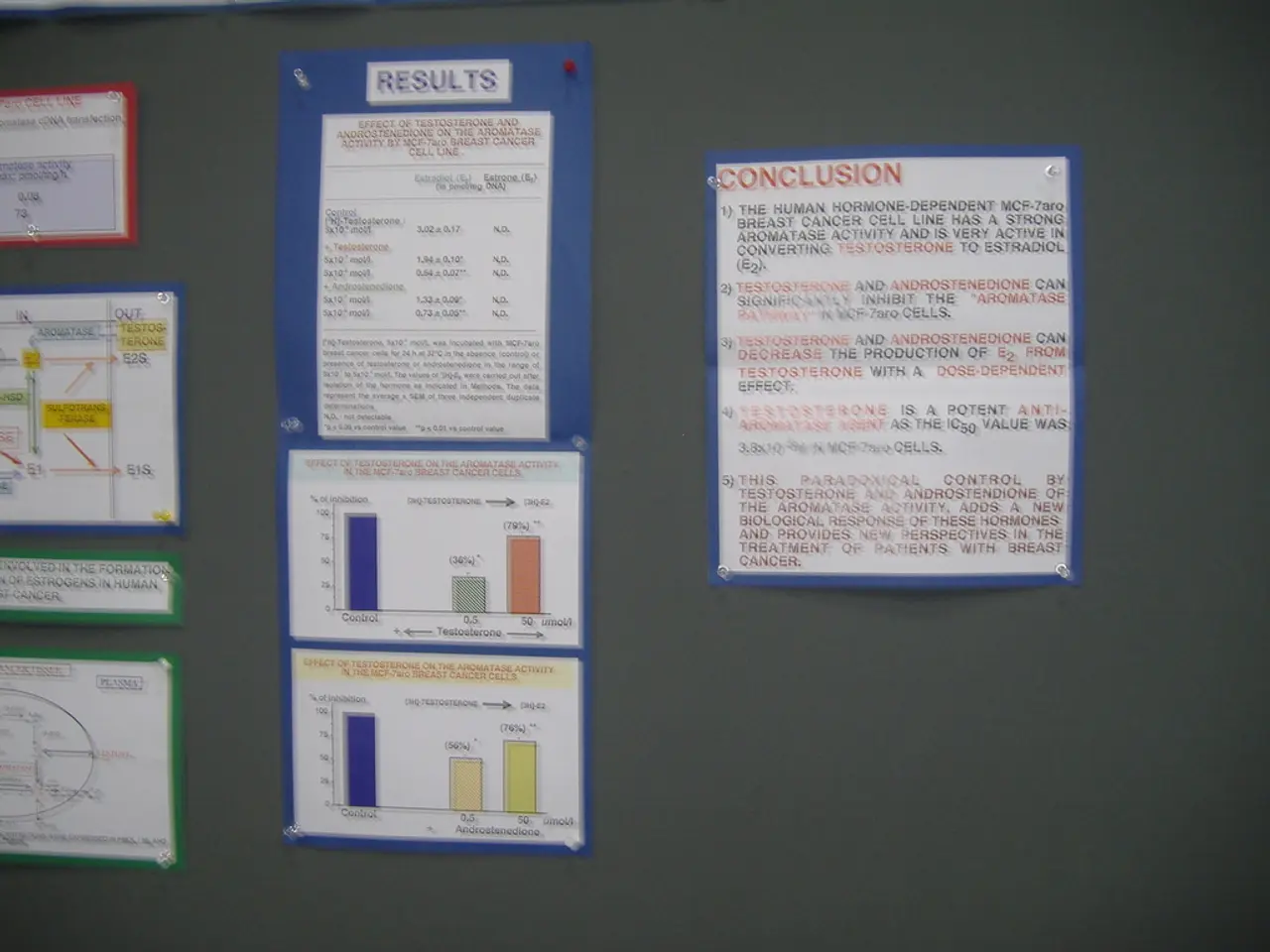Analysis of Facial Expressions of Emotion During Psychodynamic Interpersonal Therapy
In a groundbreaking study, researchers are delving into the intricate dynamics of psychotherapy sessions, with a particular focus on Psychodynamic Interpersonal Therapy (PIT). The aim? To understand how non-verbal expressions and the perception of emotions influence or parallel verbal conversations during these sessions.
The study, still in progress, is analysing video recordings of PIT sessions conducted over telehealth over ten sessions. The results of the analysis will be reported in advance of a conference, offering a sneak peek into the fascinating world of psychotherapy.
The research is centred around the synchronisation of emotional facial expressions between therapist and client. This synchronisation, it is believed, can significantly impact therapy outcomes. By mirroring each other's emotional expressions, both parties can create an emotional resonance, fostering a deeper understanding and empathy. This resonance can help clients feel more understood and validated, a crucial step in building trust and facilitating emotional processing.
Moreover, the study explores the phenomenon of emotional contagion, where the emotions of one person can influence another. By empathetically mirroring the client's facial expressions, the therapist can potentially amplify positive emotions and reduce distress. The synchronisation also acts as a feedback mechanism, where the emotional expressions of both parties can influence each other, creating a dynamic of mutual emotional understanding and empathy.
The findings of this study could potentially revolutionise psychotherapist training. By teaching psychotherapists to recognise and respond appropriately to facial expressions, emotional awareness can be enhanced. Incorporating mirroring techniques into training can help therapists understand the impact of their own facial expressions on the client, fostering a deeper emotional connection.
Role-playing exercises and feedback sessions can also aid in the development of empathetic mirroring skills. By practising synchronising facial expressions, therapists can improve the therapeutic relationship and enhance therapy outcomes.
The study also aims to identify the contexts under which disruptive events and facilitative events develop in psychotherapy. Understanding these dynamics could potentially improve the training of new psychotherapists, providing them with a more nuanced understanding of how certain facial expressions can result in consistent miscommunications, under specific therapeutic contexts.
Meanwhile, meaningful events such as disjunctions and relationship repairs are being identified throughout the psychotherapy recordings. The study's findings are expected to contribute to the broader understanding of psychotherapy dynamics, particularly focusing on the role of non-verbal cues in therapeutic relationships.
As the analysis progresses, the study promises to shed light on the intricate dance of emotions that takes place in psychotherapy sessions, offering valuable insights for both therapists and clients alike.
- This study, focusing on Psychodynamic Interpersonal Therapy (PIT), is employing eye tracking technology in analyzing video recordings of telehealth sessions, to examine how the synchronization of emotional facial expressions between therapist and client could impact mental health, particularly therapy outcomes.
- In the realm of health-and-wellness and mental-health, the advancements in science, such as the use of eye tracking in the study of psychotherapy sessions, are paving the way for refined therapies-and-treatments by looking at the role of non-verbal cues in fostering empathy, emotional resonance, and mutual understanding between therapist and client.




